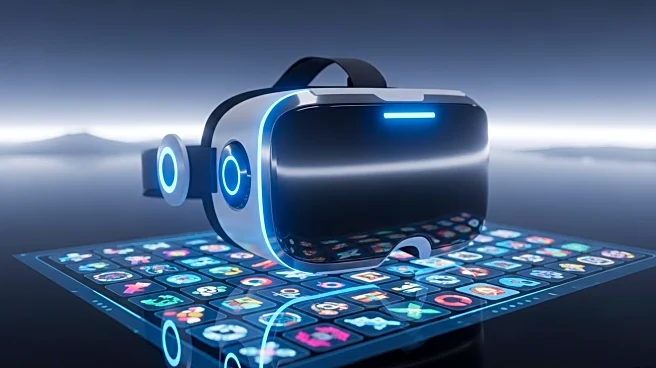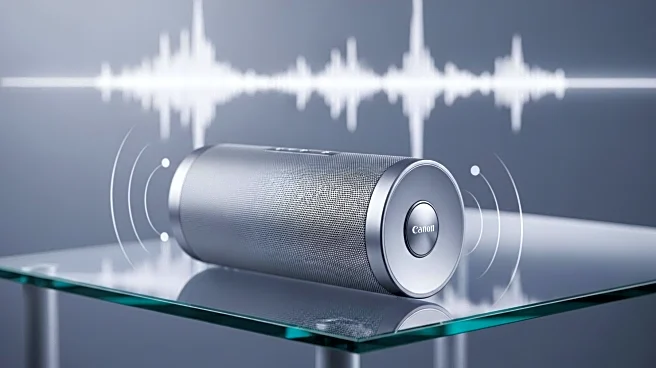What's Happening?
A recent study investigated how acoustic conditions, specifically reverberation and source distance, influence listening strategies in realistic settings. The research aimed to understand how listening behavior adapts to environmental factors to support effective spatial perception. Findings revealed that reverberation and source distance positively affect localization accuracy in the lateral dimension, although reverberation did not significantly impact polar error. Increased distance was associated with greater polar error. The study also noted a greater use of head movements in reverberant conditions, suggesting reliance on head motion for sound localization when reverberation levels are high. This behavior is supported by acoustic analysis indicating that reverberation can degrade directional information, increasing reliance on movement to compensate for reduced spatial cues.
Why It's Important?
The study's findings have implications for understanding how humans adapt their listening strategies in different acoustic environments. This research is significant for industries focused on audio technology, virtual reality, and hearing aids, as it highlights the importance of considering environmental factors in sound localization. The insights could lead to improved design of audio systems and assistive listening devices, enhancing user experience and accessibility. Additionally, the study underscores the role of head movements in compensating for degraded spatial cues, which could inform training programs for individuals with hearing impairments, helping them develop effective listening strategies.
What's Next?
Future research may focus on exploring the impact of personalized head-related transfer functions (HRTFs) on localization accuracy in dynamic listening contexts. Studies could also investigate the role of headphone-related spectral distortion and its influence on binaural cues and head-movement behaviors. Further exploration of inter-individual differences, such as age-related hearing loss and motor behavior changes, could provide insights into compensatory mechanisms used by different populations. These efforts could guide interventions for individuals with hearing impairments, including cochlear implant users, who may rely more heavily on active listening strategies.
Beyond the Headlines
The study highlights the dynamic nature of spatial hearing, involving both sensory input and motor adaptation. It suggests that our brain may use a multisensory approach to support robust perception, adapting listening strategies to the acoustic properties of the environment. The research points to the potential for using head movements as a spontaneous strategy to reduce uncertainty in binaural cues due to reverberation. This understanding could lead to advancements in computational models of perception, enhancing the design of audio systems and virtual environments.











